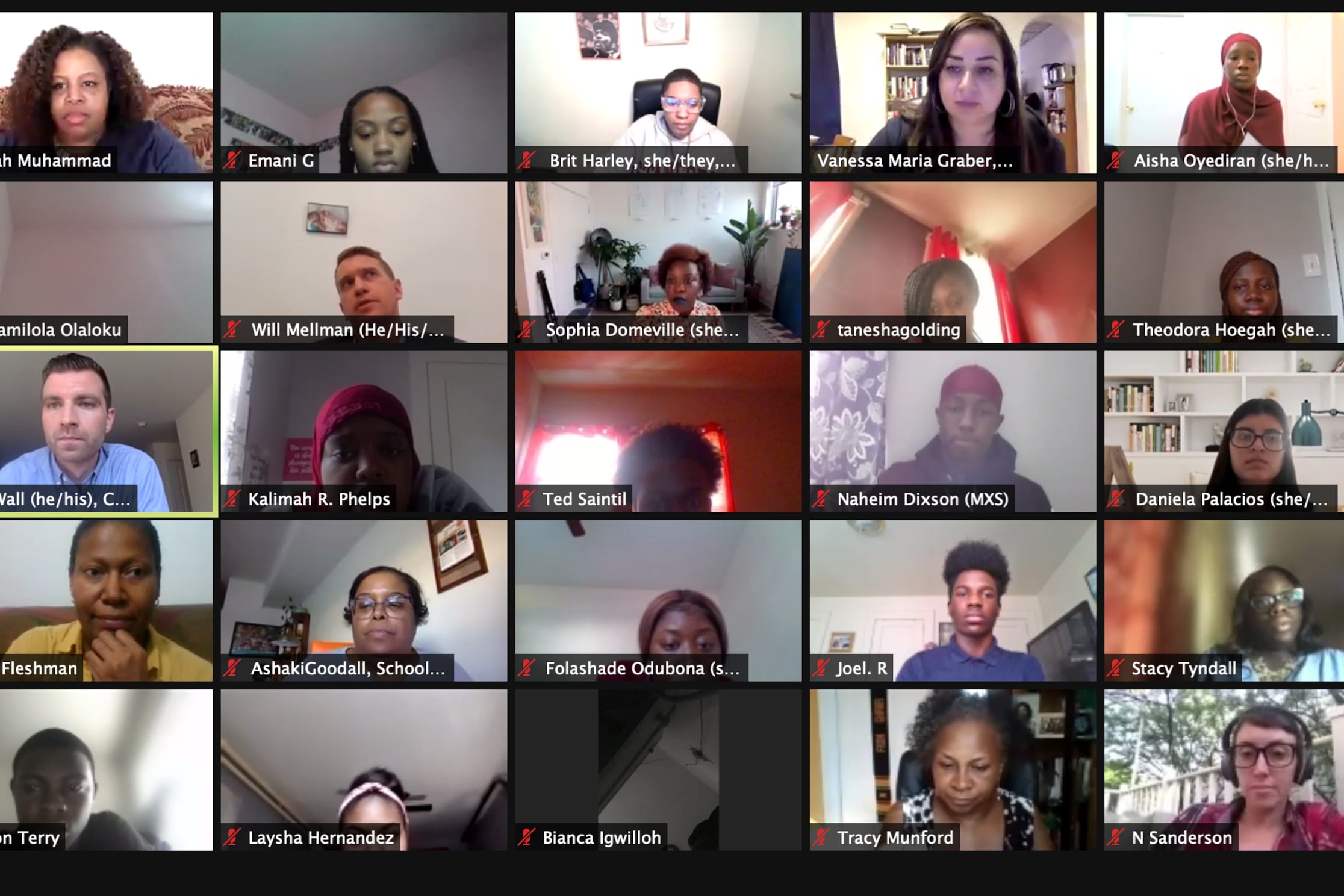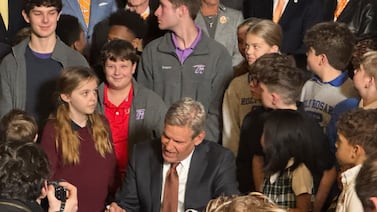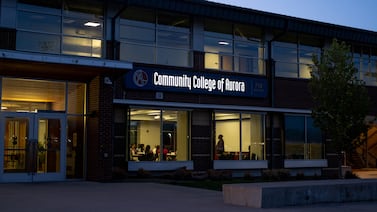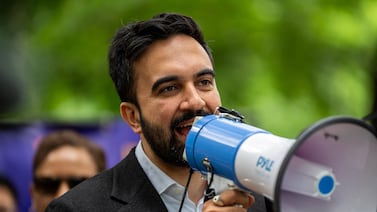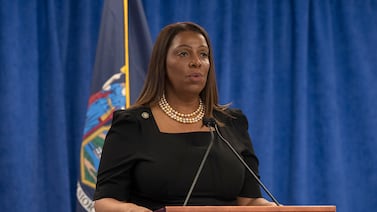In Newark and nationwide, education officials are plotting a pandemic recovery of massive proportions.
Due to an unprecedented infusion of federal funds, the Newark school district has received more than $100 million in relief money — and still more is on the way. The district is planning summer programs and tutoring to get students back on track, and officials recently surveyed community members to solicit more ideas.
But what do students, the focus of all this planning and spending, really want from the recovery?
On Wednesday, students from 11 traditional and charter high schools in Newark gathered virtually to discuss their experiences over the past year and brainstorm ways to bounce back. The online event was organized by Chalkbeat Newark, the Newark News and Story Collaborative at WBGO, and Free Press.
Mirabel Chukwuma, a freshman at Weequahic High School, told the more than 70 young people and adults who attended that their voices have power.
“Maybe we should be more outspoken,” she said, so that students “can get the education and help we need for the future.”
The pandemic, which struck Newark especially hard, shook many students to the core.
School buildings that had been lively hives of learning, socializing, art-making, and athletics shut their doors. Some students took to the new flexibility of remote learning, but many others floundered.
Older students in particular often found it hard to focus at home, especially when they had to keep an eye on younger siblings or pick up jobs to help their families pay the bills. Faced with distractions and their own dwindling motivation, many students saw their grades and attendance take a nosedive.
“Since the pandemic hit, it’s been very stressful,” one student said during a breakout session Wednesday. “My grades have just gone down and down.”
It isn’t just students’ schoolwork that’s suffered. At the event, young people described feeling exhausted and overworked. And after more than a year of learning from home, some said they feel lonely and disconnected.
“We’re humans,” one student said, “we need to interact.”
Wednesday’s gathering not only gave students a chance to share their common struggles — it was also an opportunity to come up with solutions.
Participants split into youth-led groups to brainstorm ways to help students recover from the pandemic. Aisha Oyediran of Central High School led a group focused on mental health. Naheim Dixson of Malcolm X Shabazz High School led a discussion about academics. Daniela Palacios of Science Park High School facilitated a conversation about college readiness, and Theodora Hoegah of North Star Academy headed a group focused on student advocacy. (Aisha and Theodora are fellows with the The Gem Project, a Newark-based nonprofit that trains students in leadership and community activism.)
The mental health group suggested regular wellness checks and outreach to make sure students know what resources are available. The academics team proposed spending more class time on key concepts instead of quickly covering lots of material. The college readiness group said students need to start learning about college and career options as soon as they start high school. And the advocacy group proposed giving students a voice — and a vote — in school policy decisions.
“A lot of times students are let into these spaces just to keep the seat warm — not to actually have decision-making power,” said Stacy Tyndall, a program manager at The Gem Project, which helped facilitate the event.
The event was intended to amplify students’ voices so that the officials planning the pandemic recovery might hear their concerns and, perhaps, even bring students into the planning process. That vision came to life Wednesday when Dawn Haynes, president of the Newark school board, sat in on the meeting.
“I’m eternally grateful that I was [invited] and able to get feedback on the things that are important to you as students,” Haynes told the group over Zoom. “These conversations are being had” about how to spend the relief money and get students back on course, she added, “but not in a platform where students are leading them.”
Tanesha Golding, a senior at Great Oaks Legacy Charter School, said it was a relief to hear students from across the city describe facing similar challenges during the pandemic.
“This conversation made me feel like I was not alone in this experience,” she wrote in a post-event survey.
“I also love that we were not just saying the things that are not effective,” she added. “We came up with solutions.”
Below is a list of solutions generated during Wednesday’s event.
Mental health
- Regularly assess students’ mental health
- Educate students about what mental health resources are available
- Offer mental health days
- Help students reacclimate to school and socializing in person
- Destigmatize seeking mental health support
Academics
- Create individual growth plans for students
- Assign manageable amounts of work
- Provide clear instructions and examples for assignments
- Continue teacher office hours
College readiness
- Start preparing students for college in 9th grade
- Teach college skills, including critical thinking and essay writing
- Offer tutoring during the school day to help prepare students for college
- Provide information and guidance about career pathways
Student advocacy
- Use social media to engage students
- Invite students to school leadership/staff meetings
- Survey students about their concerns
- Train students on how to advocate for themselves and their peers
Update: This post was updated with additional information about The Gem Project.

